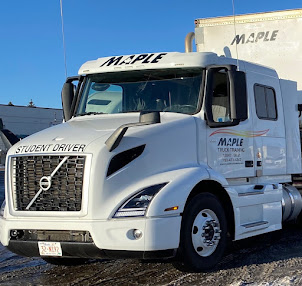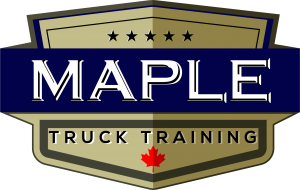What do you need to know about Air brakes?
Large diesel-powered motor homes often have air brakes. Regarding
driving an air-brake-equipped vehicle, many states and provinces require the
driver to endorse their driver's license. So, what's the point of a course on
the subject if no one wants an endorsement?
If the question is "yes," it's because many owners don't
know how or whether their machines are working correctly. Second, understanding
modern air brake systems would benefit the safety and cost-effective
maintenance of any vehicle equipped with air brakes. To get fundamental
knowledge of air brakes mechanisms, you should enroll in an air brakes course Edmonton.
Air Brakes
Mechanism -
Parking and service brakes are two separate actions. For routine
maintenance, air pressure is used to apply the brakes. Springs are used to
apply the parking brake.
The front brakes are controlled by one set of service brakes, while
another controls the rear brakes. In the event of a system failure, this
provides braking. An air chamber receives air pressure at each wheel when the
brake pedal is depressed. Adjustable rods in the chamber move an "S"
cam that applies the brakes mechanically, utilizing a diaphragm.
An additional chamber is attached to the back of the brake chamber to
house the parking brake on a diesel pusher's drive axle. There's a diaphragm
there that, when compressed, holds the spring in place. A safety feature
ensures that the parking brakes will apply if all air pressure is lost.
Air brake
applications
Heavy trucks and buses use air brakes because they are a safe and
reliable method of stopping large vehicles.
With air brakes,
there are numerous advantages -
Additionally, air brakes offer several advantages over traditional
hydraulic braking systems, such as the following:
Braking is easy with these. You don't have to worry about running out
of fluid when using air brakes because air never runs out.
Removing and
attaching them is simple
● They provide regulated pressure and backup air tanks in a compressor breakdown.
● Even if there is an air leak, they are still effective.
What are the
characteristics of air brakes?
Traditional hydraulic brakes have different characteristics than air
brakes. Hold the brake in place on trucks equipped with air brakes, springs,
and air pressure. The truck's air compressor raises the atmospheric pressure to
120 psi before discharging it into the reservoir.
A smaller purge reservoir is included in the supply system to store
and purify ambient air. Air from the supply reservoir is sent to the parking
brake reservoir, primary reservoir, secondary, and auxiliary air supply
distribution points. This air is stored there.
Final Words…!!!
It is very important to have in depth about air brakes systems if you
are a commercial driver. The best way to get depth and excellent knowledge is
to enroll in an air brakes course Edmonton.



Comments
Post a Comment